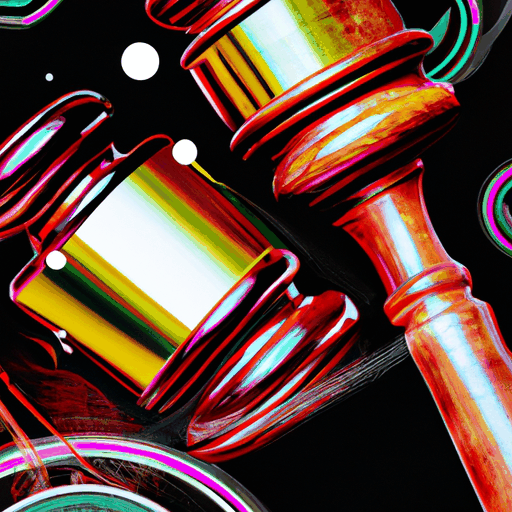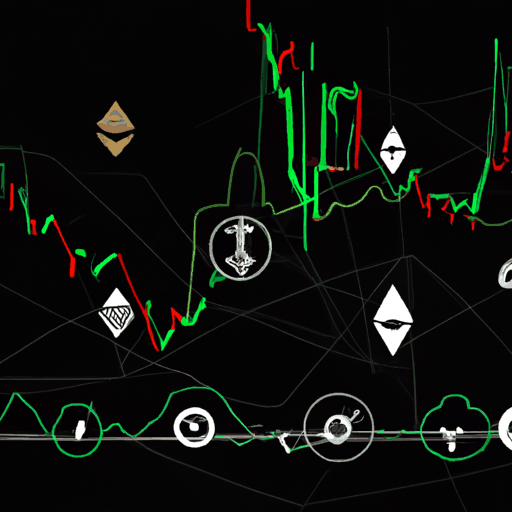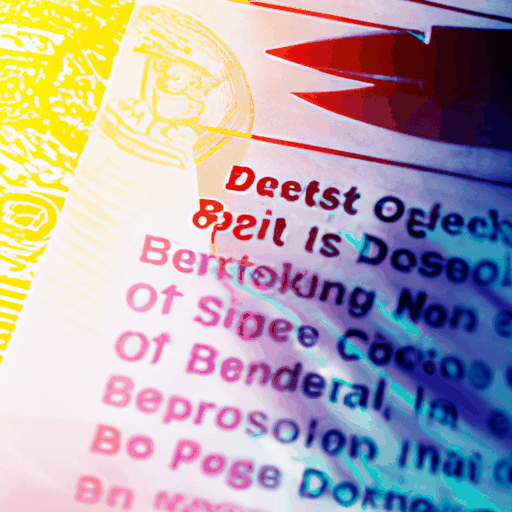
Dolce & Gabbana USA Cleared in NFT Project Lawsuit
By: Eliza Bennet
The US federal judiciary recently cleared Dolce & Gabbana USA from involvement in a class-action lawsuit concerning an NFT (non-fungible token) project orchestrated by its parent company, Dolce & Gabbana SRL, based in Italy. The lawsuit, initiated by a group of unsatisfied NFT buyers, was rooted in allegations of failure to fulfill the promises of the 2022 "DGFamily" NFT project, alongside claims that Dolce & Gabbana and its US counterpart acted as one cohesive entity that withheld over $25 million from the project.
Judge Naomi Reice Buchwald of the New York federal court made a critical ruling in the case, asserting that Dolce & Gabbana USA was not responsible for the purported shortcomings of the NFT project as it was not an "alter ego" of the parent company. The buyers had argued for a shared operational identity given the brand's marketing practices and identical branding, yet the court found insufficient evidence to substantiate these claims under US corporate law.
This judicial decision pivots around the structural and legal distinctions maintained between parent companies and their subsidiaries. While the parent firm, Dolce & Gabbana SRL, continues to face scrutiny, the resolution absolves the US division of accountability, spotlighting the necessity for clear organizational demarcations, particularly in multinational branding and digital asset operations.
The implications of this ruling underscore the challenges NFTs present in legal frameworks still developing with blockchain technology and digital asset management. The rise of NFTs has called for increased legal scrutiny, as demonstrated in cases like this, urging companies to delineate their global corporate structures clearly to mitigate legal liabilities effectively. Interested parties can explore more about NFTs and their legality through resources available from organizations like the Blockchain Council and the Ethereum Foundation.



